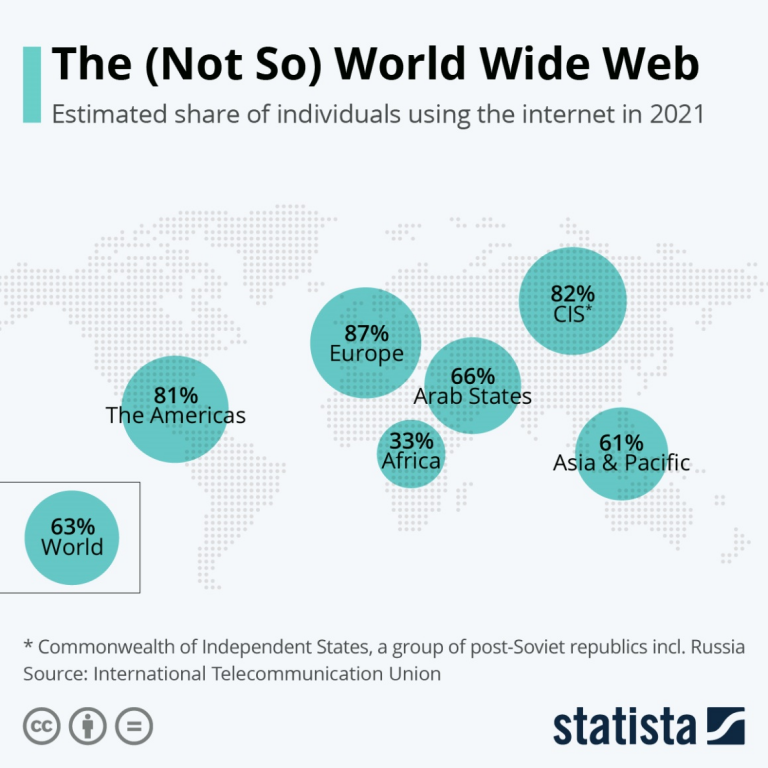
Additional 2021 data indicates that only 63 out of 100 world citizens use the internet. Global internet adoption and use represents:
- 3% in developed countries.
- 1% in developing countries.
- < 30% in the least developed countries.
Further compounding the issue, electricity is still not available in many developing/under-developed countries.
For women’s health apps to impact Cervical cancer, energy infrastructure must first be available for technology adoption.
Until then, offline healthcare alternatives that are readily accessible can affordably create the foundation for positively impacting Cervical cancer rates in resource-deficient countries.
The screening method most recommended for developing nations is the visual inspection with acetic acid (VIA) test. This versatile modality works independently and validates other test types during the screening procedure.
We recently completed the second wave of Cervical cancer clinical trial screenings with its standardized cerVIA™ test kits in India, one of the most impacted countries. Results from the first clinical study revealed that cerVIA™ surpasses the effectiveness of traditional cytology screening based on time.
Cervical cancer is a progressive condition that is preventable. We are committed to growing awareness and helping to provide global access to proper preventative measures and treatments, including the adoption of advanced technology and infrastructure to support mobile apps – apps that can truly help save lives.
